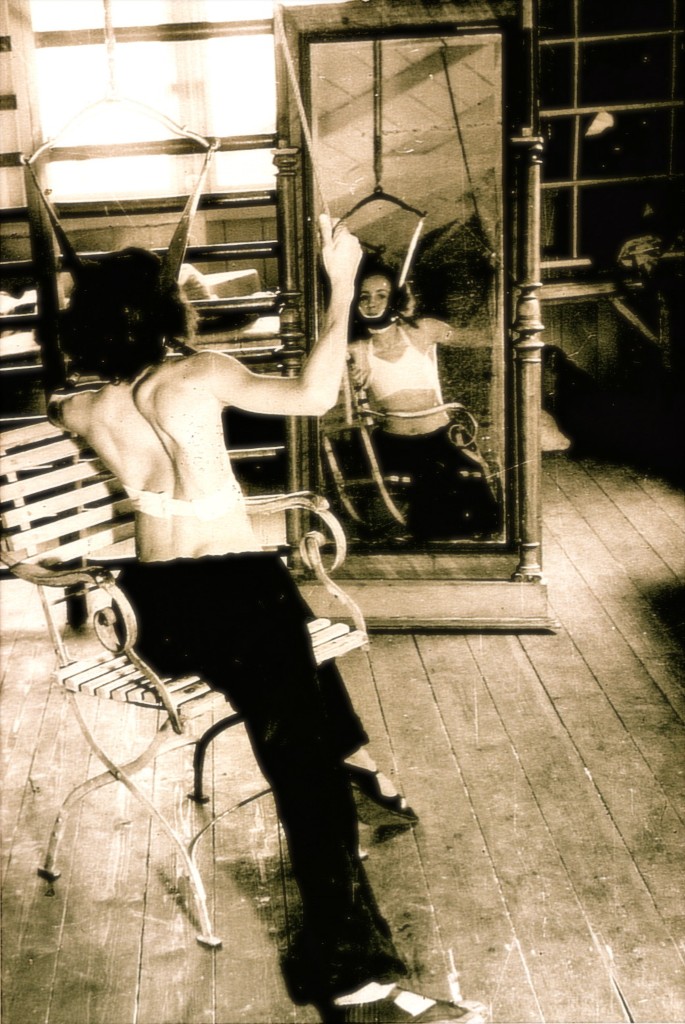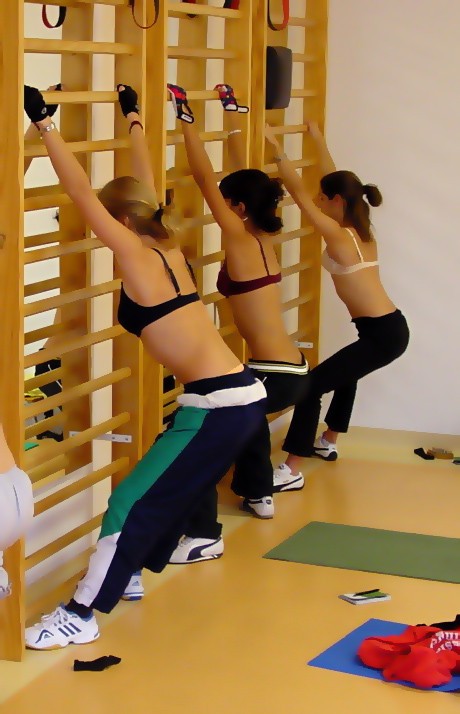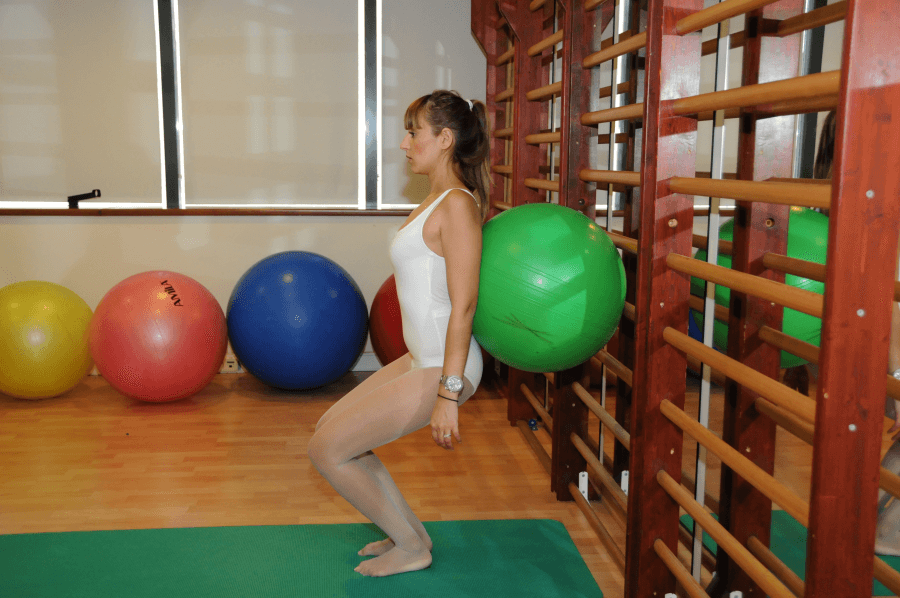Idiopathic Scoliosis is a curvature of the spine that can cause pain and discomfort. Despite being used for over 100 years, exercises for scoliosis remain on the fringe of treatment and are relatively under researched. However, there are still some effective exercises that can be used to treat scoliosis. This article will provide an overview of the history of exercises for scoliosis, the evolution and development, and the most modern approaches for treating Idiopathic scoliosis with exercise and nutrient therapies. By understanding the history and development of exercises for a curved spine, you can begin to make more informed decisions about how best to treat your child's scoliosis condition.

History of exercises for treating scoliosis
There is no one-size-fits-all approach to treating idiopathic scoliosis, as the severity and curve pattern of the spine will dictate the specific exercises that need to be done. However, there are many exercises that can be used to help improve spine curvature and relieve pain. These exercises can be done at home or in a clinic, and are typically tailored to the individual's specific needs. It's important to start treatment as soon as your child is diagnosed with idiopathic scoliosis, regardless of the curve size. Many comprehensive scoliosis-specific exercise routines also include resistance exercises and nutrient therapies to help speed up and improve the curvature reduction process.
Katharina Schroth
Katharina Schroth is a patient who first developed the exercises for treating scoliosis in the early 1900s. Her exercises work by stretching and breathing techniques which can improve function and relieve pain. There are many different variations of the exercises that can be tailored to your individual needs, so you will get relief from your condition faster. It is important to get regular chiropractic care along with the exercises to achieve optimal results - this way, you will not only treat your scoliosis symptoms but also restore overall spine alignment and posture. Thanks to Katharina Schroth's efforts, millions of people around the world now have access to these methods - making them healthier both physically and mentally! Several other exercise efforts, like yoga and pilates for scoliosis and many a personal trainer have been inspired by her as well.
Evolution and development of exercises for treating scoliosis
There is no one-size-fits-all answer to treating scoliosis, as the best exercises will vary depending on the individual's symptoms and curvature. However, there are a few exercises that have been shown to be effective in the treatment of this condition. These exercises target different parts of the body, which helps to restore normal alignment and reduce pain. It's important to find an exercise routine that fits your individual circumstances and symptoms. Additionally, exercise programs like SEAS, FITS, and ScoliSMART have been developed using most current knowledge of idiopathic scoliosis. So, whether your child has a mild, moderate, or severe cases, there's a good chance that one of these programs will fit their needs.

Schroth Method
Schroth exercises are oldest method for treating scoliosis. This is because they help restore normal alignment and spine curvature, as well as improve posture. There are specific exercises that should be done on each side of the spine - starting with gentle torso stretches and gradually increasing the intensity levels until your condition improves. In addition to torso stretching, Schroth also employs pulleys (similar to pilates) and breathing exercises to help correct posture in those suffering from scoliosis. It aims to realign the spine by reprogramming exercises for each patient. Schroth exercises aim to de-rotate, elongate, and stabilize the spine in three dimensions by removing tension from the muscles from torso to pelvis.

SEAS (Scientific Exercise Approach for Scoliosis)
Doctors have been prescribing organized physical activity (OPA) for patients with scoliosis for many years now. This rehabilitation method involves exercising the spine using repetitive movements to improve posture and decrease pain. Since the early 1990s, exercises to treat scoliosis using repetitive movements have become more popular as research has shown that they are effective in restoring posture and pain relief in sufferers. For adults with conservative treatment of scoliosis, SEAS is an individualized exercise program that helps stabilize the curve and reduce disability. It may be used alone or in conjunction with bracing in low-medium degree curves during growth, as well as help weaning and avoid/reduce side effects.

FITS (Functional Independent Treatment for Scoliosis)
Fits is an online service that focuses on the detection and elimination of myofascial restrictions. The detection and removal of myofascial restrictions, as well as the development of a series of new correction posture sequences in day-to-day activities, are the stages of the FITS Method. The FITS approach is a custom-made treatment that may be applied to anybody of any age with varying degrees of cobb angle.

ScoliSMART (appropriate for mild, moderate, or severe scoliosis)
ScoliSMART is the latest development in the treatment of scoliosis. This therapy uses "reflexive response" exercises to create a new long-term posture memory. This can help restore normal curvature to spine and relieve pain symptoms caused by scoliosis. Most recently developed, ScoliSMART utilizes DNA, neurotransmitter, and hormone testing for personalized nutrient therapy recommendations. It helps individuals with scoliosis optimize their physical activity level, balance diet with nutrients needed for good health, and reduce risk of developing other conditions related to improper posture.


DYI Recommended Scoliosis Exercises
Treating scoliosis can be a long and arduous process, but with the right exercises, it can be manageable. That's why we've put together a comprehensive guide that includes recommended exercises for treating scoliosis. First and foremost, exercises should be tailored to the individual patient's specific needs and level of ability. This means that the exercises selected should not only help to improve scoliosis symptoms but also the patient's overall physical health. There are a variety of different exercises that can be employed, including resistance training, balance training, and yoga stretching. Patients should be encouraged to continue exercising even after they have been treated for scoliosis as it will help improve their overall physical health.

Right Angle Breathing (recommended for thoracic spine, upper back, and rib cage curves)

Scoliosis is a curvature of the spine that can cause pain and tightness. Rotational Angular Breathing (RAB) exercises are an excellent way to reduce the effects of scoliosis on the spine, increase flexibility and range of motion in the spine, and improve function. RAB exercises are easy to do at home, can be done multiple times a day, and are safe for everyone who can take a deep breath. Consult your physical therapist before starting any new exercise routine and following exercises!
Awareness of Your Posture (most appropriate for mild scoliosis)

Posture is of utmost importance when it comes to preventing scoliosis. Improper posture can lead to this spinal curvature, which is a serious health problem. Fortunately, exercises that improve your body posture are available and they work! The exercises should be done regularly to achieve the desired results; however, be patient as it may take some time for the changes to show. Once you have adopted good posture habits, enjoy lifelong relief from back pain and improved physical performance!
Plank Exercise

The plank exercise is a great way to improve abdominal muscles and reduce pain. You can do it at home or in the gym, depending on your level of mild scoliosis. Make sure to hold the position for a specific amount of time, based on your needs, and aim to do these exercises 2-3 times per week for best results.
Current state of active treatment for scoliosis
There is no one-size-fits-all treatment for scoliosis, as the best exercises will vary depending on the individual's symptoms and curvature. However, there are a few exercises that are commonly used to treat scoliosis, and they can help to improve the curvature and overall discomfort. Mainstream treatment methods for scoliosis often involve wearing a brace or surgery, but these methods don't always work, and bracing or surgery leads to additional problems later in life. As such, there is a growing trend towards exercises that can be done at home without the need for braces or surgery. These exercises help to improve core strength and flexibility, which can help to improve the curvature and movement of the spine. While there is still much to learn about the exercises for treating scoliosis, this comprehensive guide will help you to find the exercises that are best suited for you.
Pioneering Scoliosis BootCamp
There is a lot of excitement surrounding scoliosis treatment options these days, and one of the most popular forms of treatment is boot camp. Pioneering Scoliosis BootCamp provides comprehensive scoliosis care that helps patients regain their flexibility, core muscles (including the abdominals, and lower back muscles), posture memory, and more. Boot camp typically lasts for 1-2 weeks with a recommended shorter 4-6 month follow up visit. Patients generally improve by an average of 9-15 degrees - meaning that they can often avoid scoliosis braces or spinal fusion surgery!

World's Only Scoliosis Activity Suit
Scoliosis is a serious health condition that, if not treated properly, can worsen. The world's only scoliosis activity suit was designed with this in mind and is the perfect way to help patients exercise safely and effectively. The suit helps patients improve posture, strength, reduce spinal curvature, and untwist their spine during walking - all of which are crucial for improving symptoms of scoliosis. It has been proven to be very effective in treating scoliosis worldwide by helping sufferers cope with their condition more successfully.

DNA Testing & Nutrient Therapy for Scoliosis
There is currently no cure for scoliosis, but various treatments are available to help manage the condition. DNA testing can be used to identify which nutrients are needed for your specific case and supplement accordingly. Nutrient therapies have been shown to improve treatment outcomes for patients using scoliosis exercise programs, so it is important to consult with a doctor or specialist before starting any treatment plan. There is always room for improvement in regards to managing and treating scoliosis, so ongoing research is essential in order to make sure that everyone living with this condition gets the best possible care.

Scoliosis Exercises for Long-Term Treatment
For those with Scoliosis, the goal of treatment is not only to improve symptoms, but to maintain good spine flexibility over the long term. To achieve this, it's important to keep your spine flexible with exercises. The exercises that are recommended for Scoliosis treatment vary depending on the severity of the curvature. However, the exercises should always be tailored to the individual and aimed at improving spine flexibility and promoting good curve flexibility. If you're looking to find the most appropriate exercises for your child, speak with a physical therapy specialist or healthcare professional who can help you determine the most beneficial exercises for your child's specific Scoliosis condition.

